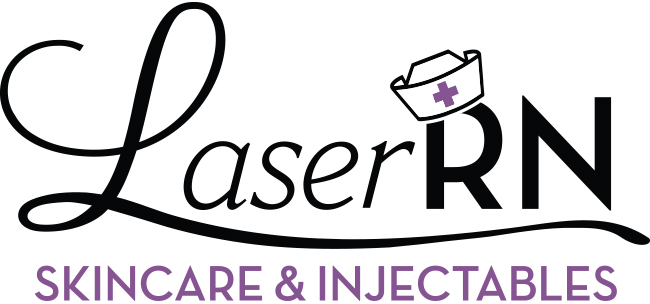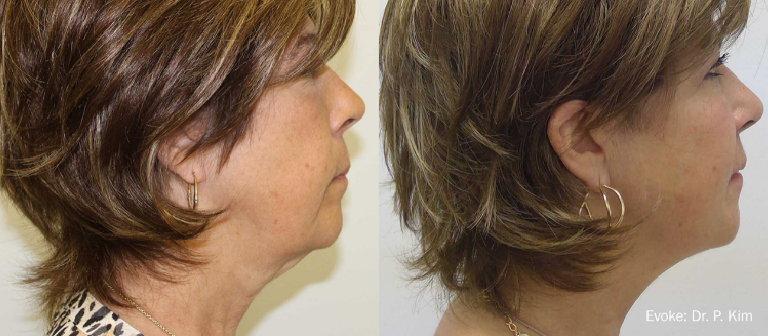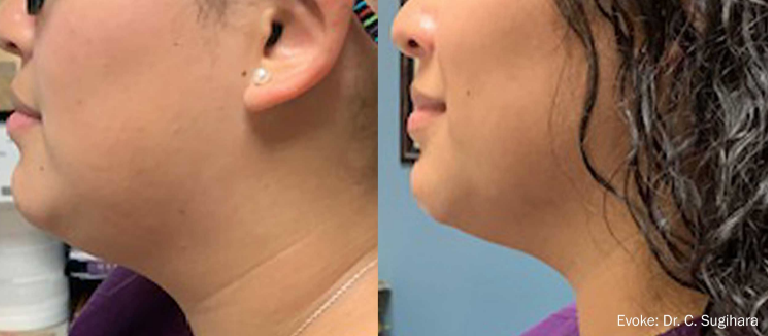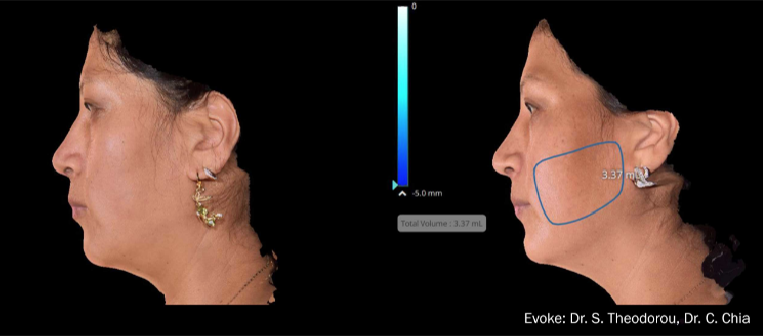What is Revanesse Versa?
Revanesse Versa is hyaluronic acid dermal filler. Hyaluronic acid is a naturally occurring substance that is found within the body. Versa is used as an injectable soft tissue filler to correct the appearance of facial wrinkles and creases. The product is approved for use in the U.S. by the Food and Drug Administration for the cosmetic treatment.
How does Revanesse Versa work?
Revanesse Versa is an injection into the facial tissue to improve the appearance of wrinkles and creases, such as nasolabial folds. The injection results in a smoothing effect. The product is intended for individuals 22 years of age and older.
Are there any warnings I should be aware of?
If you have an adverse inflammatory reaction, such as redness, pain, and swelling that persist for one week or more after treatment with Revanesse Versa, you should report this immediately to your doctor. If you are under the age of 22 you should not be treated with Revanesse Versa.
Warning: One of the risks of using this product is unintentional injection into a blood vessel. The chances of this happening are very small, but if it does happen the complications can be serious and may be permanent. These complications can include vision abnormalities, blindness, stroke, temporary scabs, or permanent scarring of the skin. If you have changes in your vision, signs of a stroke (including sudden difficulty speaking, numbness or weakness in your face, arms, or legs, difficulty walking, face drooping, severe headache, dizziness, or confusion), white appearance of the skin, or unusual pain during or shortly after treatment, you should notify your healthcare practitioner immediately.
Are there any reasons why I should not (contraindications) receive the Revanesse Versa injection?
You should not be treated with Revanesse Versa if you have or are:
- are pregnant or breastfeeding, as the safety of these products for use during pregnancy, or in women who are breastfeeding, has not been studied
- a history of hypertrophic scarring or keloid formation
- evidence of scars at the intended treatment sites
- acne and/or other in ammatory diseases of the skin, such as rosacea, seborrheic dermatitis, and psoriasis,
- allergic history including;
- severe allergic reactions (anaphylaxis),
- heightened immune responses to common allergens especially inhaled allergens and food allergens (atopy),
- allergy to natural rubber latex,
- allergy to hyaluronic acid products,
- an acute or chronic skin disease, such as seborrheic dermatitis or rosacea, in or near the injection sites, or any infection or unhealed wound of the face
- are under concomitant anticoagulant therapy, antiplatelet therapy, or have a history of bleeding disorders, clotting disorders such as hemophilia or connective tissue disorders such as systemic lupus erythematosus
What are the risks?
- Bleeding and Bruising: Bleeding is usually minimal and resolves within a few minutes. Bruising in the area is also an expected reaction and can take up to a week to resolve.
- Swelling: Swelling is also expected and may take several days to a week to resolve.
- Pain: Some discomfort is expected with injections but usually lasts less than a day. Other risks that are less likely, but may occur, include the following:
- Acne-like skin eruptions
- Skin sensitivity (rash, itching, tenderness)
- Skin infection
- Damage to nerves or blood vessels
- Skin lumpiness
- Scarring
- Skin necrosis (death of the skin)
- Hyperpigmentation (darkening of the skin)
- Reactivation of herpes infection (blisters or skin sores)
As with using any dermal filler, there is a risk of allergic reaction. If you have a very serious allergic reaction (anaphylactic shock) you may require emergency medical help and be at risk of death. Some symptoms of allergic reactions are: a rash, having a hard time breathing, wheezing when you breathe, sudden drop in blood pressure, swelling of the face, fast pulse, sweating, dizziness or fainting, inability to breathe without assistance or a feeling of dread.
One of the risks with using this product is unintentional injection into a blood vessel. The chances of this happening are very small, but if it does happen, the complications can be serious and may be permanent. These complications, which have been reported for facial injections, can include vision abnormalities or blindness.
Ask your injector if you have questions about any of the side effects, and please tell your injector right away if you have any side effects. Please tell them if you have any other problems with your health or the way you feel, whether or not you think these problems are related to the products.
How long does Revanesse Versa last?
The length of time for wrinkle correction varies. Many people maintain correction for up to 6 months. Revanesse Versa is absorbed by the body over time.
What happens before the procedure?
Your injector will examine the area, explain the procedure and the potential risks. You will be asked about your health, your medical history, and the medications you take and have recently taken. You should advise your injector of any of your concerns before the procedure, and discuss any questions related to the procedure.
What happens during the procedure?
The injector will prepare the area to be treated. There is some pain associated with the injection of the product. You should discuss your concerns about injection-related pain with your nurse. The nurse will inject the filler, during which you may experience tenderness or a stinging sensation in the area of the injection. The procedure does not take long, often 15 to 30 minutes.
What should I expect after the procedure?
Following treatment, a cold compress or ice may be applied for any bruising or swelling at the injection site. You may also gently massage the area with constant pressure for several minutes. The most common side effects include: bruising, redness, swelling, pain, and itching.
You should contact your injector if you experience redness, itching or pain at the injection site for recommendations for over-the-counter treatment (such as Tylenol, Motrin or Benadryl). Most side effects occur shortly after injection and go away within two weeks. If you experience a reaction that lasts longer than two weeks, or what you think may be a delayed reaction to the product, contact your nurse.
You should seek immediate medical attention if you develop symptoms such as unusual pain, vision changes, a white appearance of skin near the injection site (blanching) or any other unexpected symptoms. While rare, unexpected symptoms include unusual pain, vision changes, or any signs of a stroke (including sudden difficulty speaking, numbness or weakness in your face, arms, or legs, difficulty walking, visual changes, face drooping, severe headache, dizziness, or confusion) during or shortly after the procedure.



